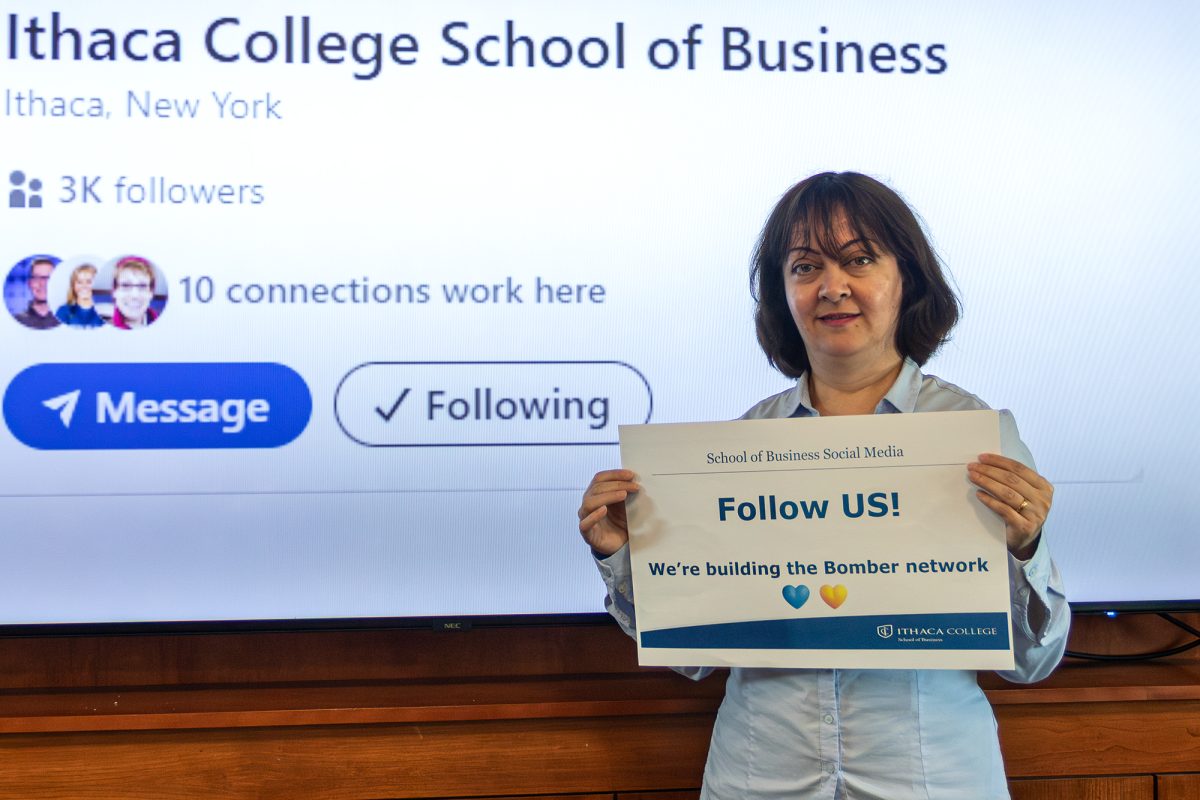Editor’s Note: This is a guest commentary. The opinions do not necessarily reflect the views of the editorial board.
Are you a clean girl or an office siren? Do you like cottagecore or dark academia? Do you have blueberry milk nails or tomato girl makeup? Are you alternative or coquette?
When society urges people to conform to neat, clear-cut identities like “clean girl” or “office siren,” a sense of identity and uniqueness is lost. As the intensity of aesthetic crosses over from only fashion to things like interests, music and personality, people start to define themselves not by who they are, but what they consume.
On sites like Instagram, Pinterest, TikTok and Tumblr, terms like these — office siren, mob wife — are being adopted more and more by influencers and their followers alike as various “aesthetics,” which synonymize fashion, makeup and lifestyle trends. Aesthetics are on the rise and with them, they bring the micro-trends and problems associated with fast-fashion. Dior lip oil, Stanley cups and yoga pants signify a “clean girl,” while Oxford shoes, tweed blazers and Gothic literature denote someone invested in “dark academia.” Although aesthetics are superficially different, they all have something quite important in common: the price tag.
Journalist Emily Heng compiled a collection for Vogue in July 2024 of the makeup used to attain the current trending makeup looks on TikTok. The cheapest thing on the list is a $35 lip-liner, while the most expensive is a $650 moisturizing cream. While not all products on this list are required to be “on aesthetic,” it is notable that the price of aesthetic compounds; these products will not remain trendy once another, different trend becomes popular. The implicit goal of aesthetic is not only a sense of style, but to live in a manner that has a sense of style as well.
Aesthetics are closely linked to micro-trends and fast-fashion — regardless of if tomato girl summer or pumpkin girl fall is trending, aesthetics have become a code word for consumerism. It would be a lie to say that trends and micro-trends have not always existed. In the ’70s, it was bell-bottoms and peasant tops. In the ’80s, it was shoulder pads and mullets. The internet, though, has sped the clock — aesthetics fade in and out in a matter of months, and studies have found that many people dispose of new clothes within a year. In an article by Martini Igini, she found that many garments are only being worn seven to ten times before disposal. With the rise of online shopping and sites like Shein, people can buy hauls of poor-quality clothes in bulk. The problem is not solely that trends exist, but that they rely upon the exploitative fast fashion industry, which victimizes, harms and impoverishes factory workers and has an outsized impact on the environment.
For many, “what’s trending” doesn’t matter — they wear what they want, when they want. But for many, what others wear means a great deal. People want to belong, to fit in, to be cool. This urge is not inherently bad, but when it is encouraged by corporations and influencers seeking to profit off of our insecurities and desire to express ourselves, it doesn’t only hurt society, it hurts the environment and people around the world. Landfills are filling up with more textiles than they can stand. Astha Rajvanshi notes in an article for Time that Shein forced workers into 75-hour shifts and violated labor laws.
The price of staying “on trend” just isn’t worth the cost.














